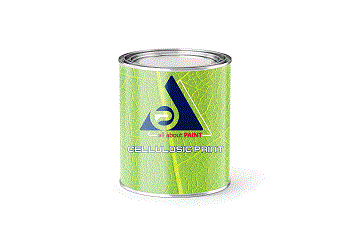wood

WOOD
What is wood?
Wood is a natural product and is one of the most versatile andbeautiful materials
available to us providing a long term sustainable solution to endless applications.
Wood has the best thermal insulation properties of any mainstream construction material.
When sourced from sustainably managed forests it can actually be better than carbon neutral.
As a natural product and every piece, regardless of species, is completely unique.
This means that it can vary dramatically in appearance (even form the same tree/board).
This adds to the character, diversity and beauty of the material –
but is also something to consider if you are expecting all pieces to look alike.
Wood is a hard, fibrous structural tissue found in the stems and roots of trees
and other woody plants. It has been used for thousands of years for both fuel
and as a construction material. It is an organic material,
a natural composite of cellulose fibres (which are strong in tension)
embedded in a matrix of lignin which resists compression.
The chemical composition of wood varies from species to species,
but is approximately 50% carbon, 42% oxygen, 6% hydrogen, 1% nitrogen,
and 1% other elements (mainly calcium, potassium, sodium, magnesium,
iron, and manganese) by weight. Wood also contains sulphur,
chlorine, silicon, phosphorus, and other elements in small quantity.
In chemical terms, the difference between hardwood and softwood is
reflected in the composition of the constituent lignin. Hardwood lignin is
primarily derived from sinapyl alcohol and coniferyl alcohol.
Softwood lignin is mainly derived from coniferyl alcohol.
Woods are categorised into hardwoods and softwoods.
These terms actually relate to the tree’s botanical classification
and not the properties of the wood, which can cause some confusion!
The definitions below are thus just basic pointers.
What is the difference between hardwood and softwood?
Hardwood - What is hardwood?
Hardwoods come from trees with fruits or seeds.
Hardwood tends to come from slow-growing,
deciduous trees with broad leaves. The wood is usually heavy, tough,
and (unsurprisingly) hard. But there are exceptions to the rule:
cork oak and balsa wood are both light hardwoods;
birches and willows are fast-growing hardwoods; and tropical hardwoods are not deciduous.
Hardwoods often have additional channels for transporting sap,
known as vessels or pores. These may be visible to the naked eye, or under magnification,
as tiny pinholes when the wood is cross cut.
Softwood - What is softwood?
Softwoods come from conifers (cone bearing trees). Pines, spruces, larches are familiar examples.
Softwoods normally come from coniferous or needle-leafed trees,
which are fast-growing, producing soft and light wood.
The exception to the rule is yew, which is both slow-growing and very dense.
Confusingly, some softwoods are harder than hardwoods!
Softwoods don’t normally have visible pores.
Rays also may be narrow or virtually invisible.
Softwoods can sometimes be identified by the presence of resin,
or a ‘turpentine’ smell, particularly when freshly cut.

.png)
.png)
.png)
.png)




